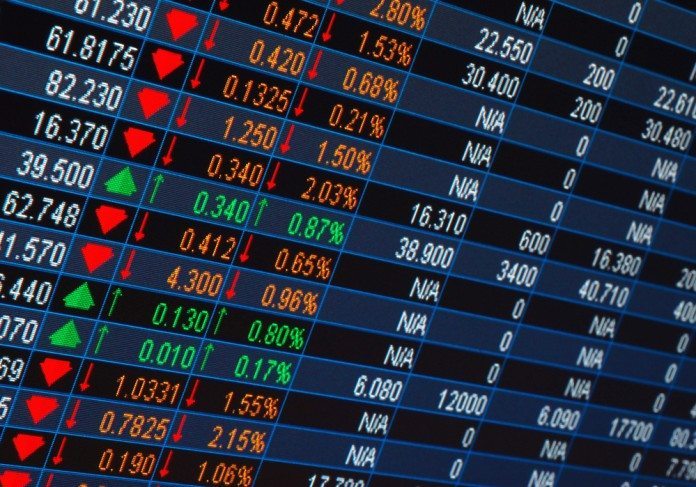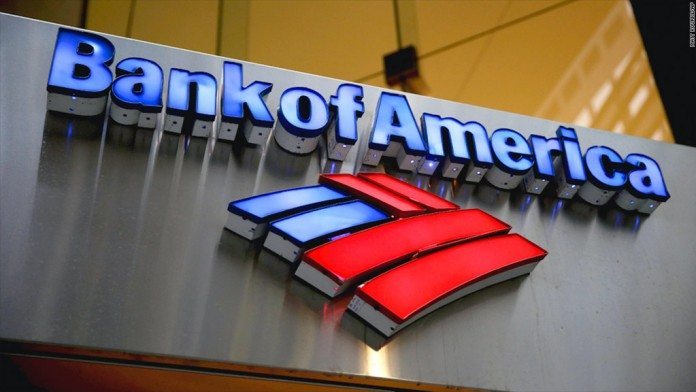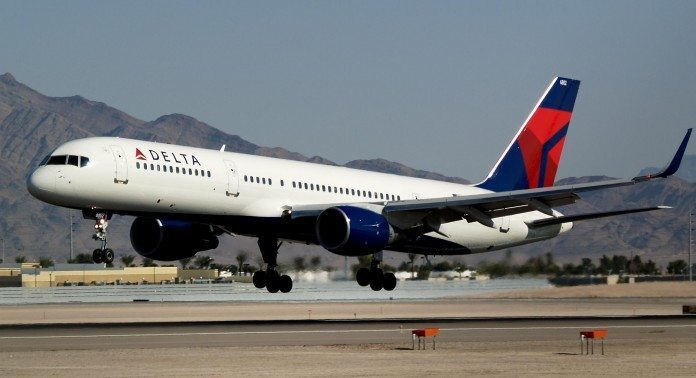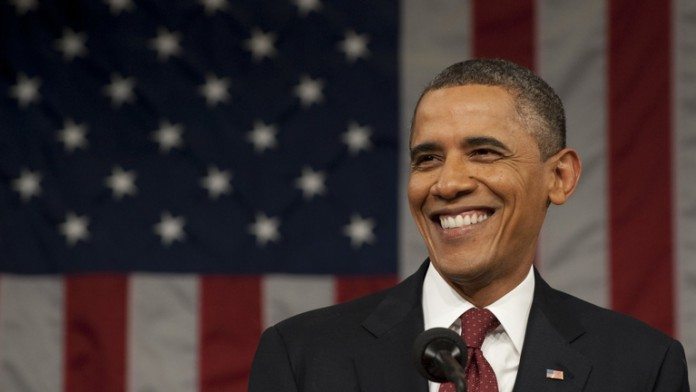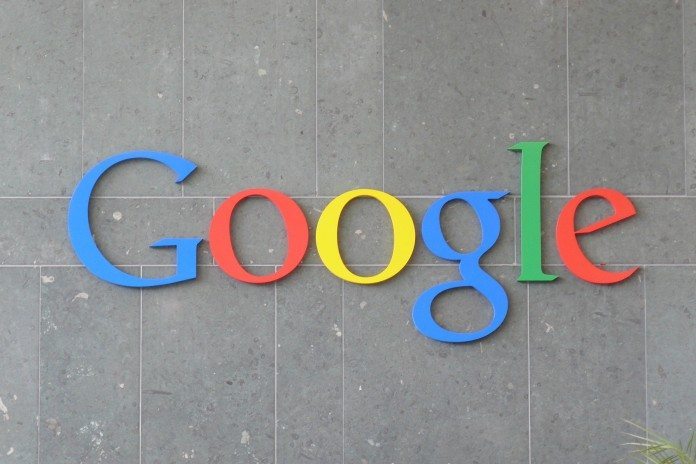Preferred Bank (NASDAQ:PFBC) had a fairly strong 4Q2015 and fiscal 2015 in which both earnings per share and overall revenue impressed. The acquisition of United International Bank (UIB) that was concluded late in 2015 also added to top-line growth in the quarter and the year.
4Q results
Preferred Bank generated net income of $7.5 million or $0.54 per share for the quarter. Post adjustment, Preferred’s Q4 EPS jumped to $0.57. The Street was looking for EPS of $0.54 for the quarter. Preferred posted EPS of $0.57 in the previous quarter and $0.50 in the same period a year ago.
Revenue of $23.3 million for the latest quarter not only exceeded the consensus estimate of $23.2 million, but also surpassed $21.6 million in the previous quarter and $19.4 million a year ago quarter.
The acquisition of UIB resulted in a $658,000 hit on 4Q earnings, although the acquisition did boost deposits.
Annual results
For the full year, Preferred Bank reported net income of $29.7 million or $2.13 per share. The company generated EPS of $1.78 in the same quarter a year earlier. Revenue for the year was $83.8 million, up from $71 million in the previous year. Top-line gains in the latest quarter were supported by a strong loan book.
The bank finished 2015 with deposits of $2.29 billion, up from $1.78 billion in the previous year. The spike in total deposits was partly driven by the acquisition of UIB, which contributed $158 million of additional deposits.
In terms of assets, Preferred had $2.6 billion at the end of 2015, up nearly 26.6% from assets of $2.05 billion at the end of 2014.
Bank management reported that nonperforming assets in 2015 declined to just $6.4 million. The decline was primarily as a result of shifting nonperforming loans to what is called OREO status, or Other Real Estate Owned.





